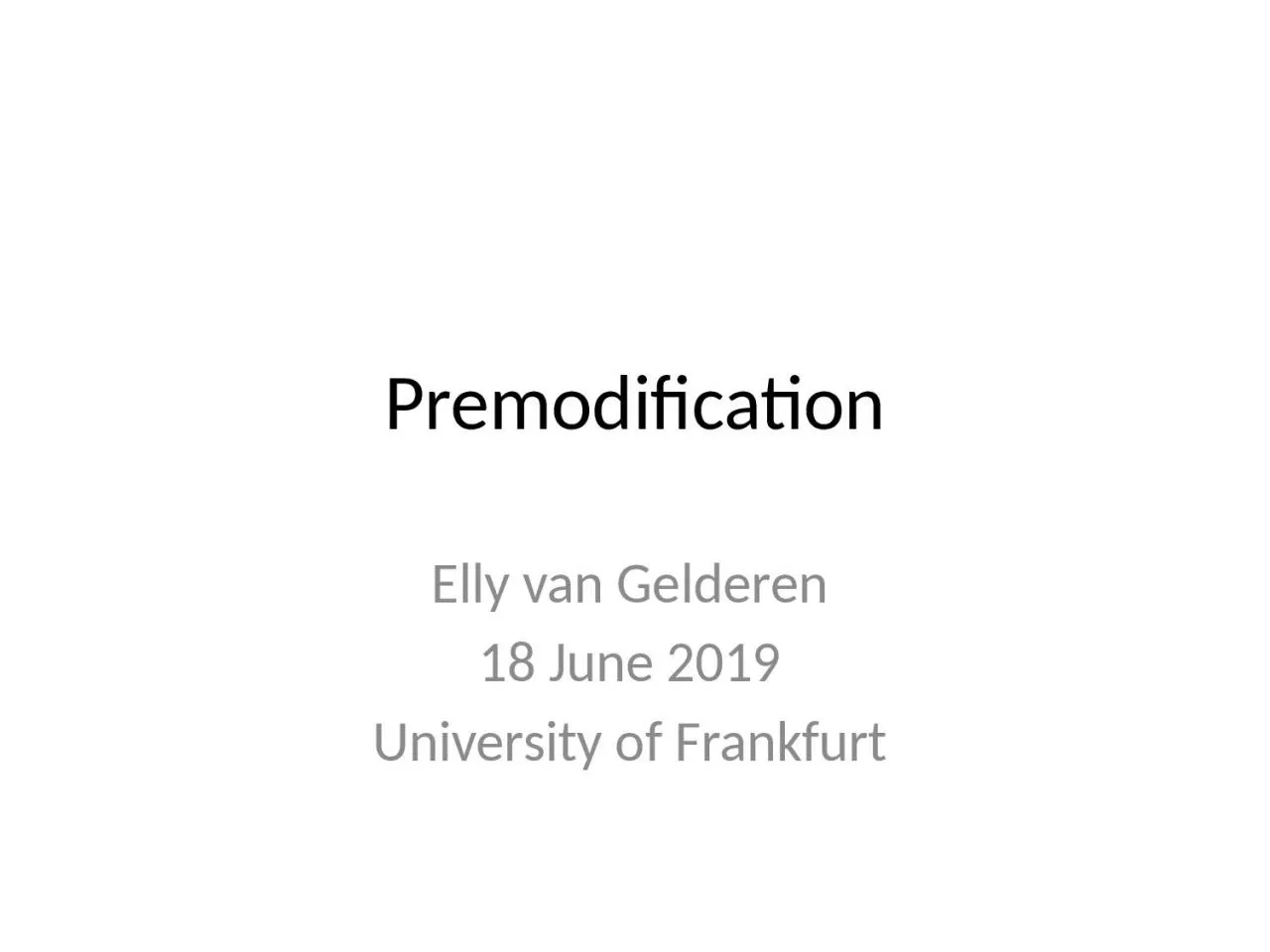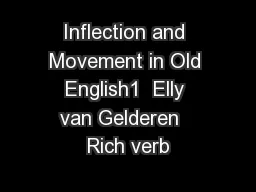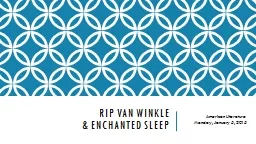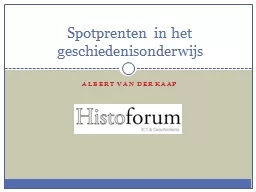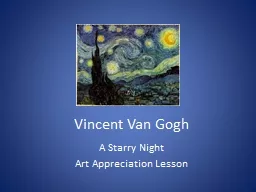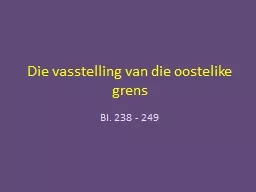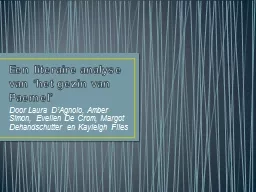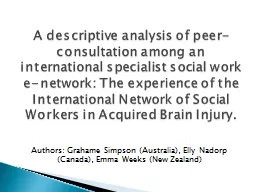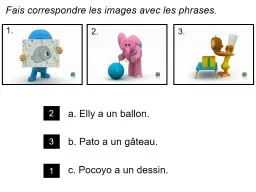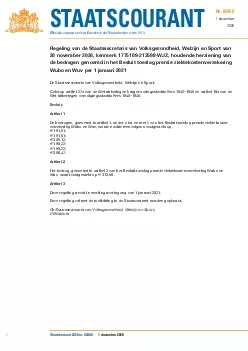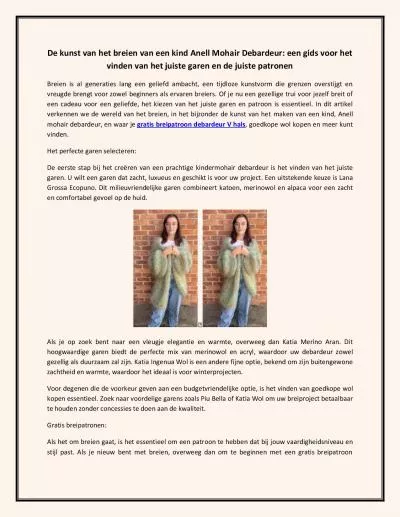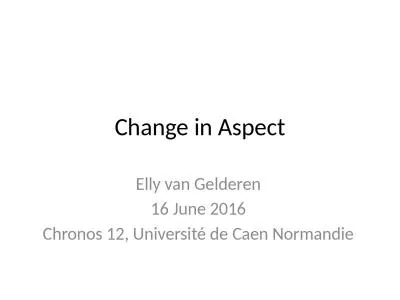PPT-Premodification Elly van Gelderen
Author : brooke | Published Date : 2023-06-23
18 June 2019 University of Frankfurt Outline Architecture of the PreN DP expanding DP whatfor split in English adjectiveordering and grammaticalization three
Presentation Embed Code
Download Presentation
Download Presentation The PPT/PDF document "Premodification Elly van Gelderen" is the property of its rightful owner. Permission is granted to download and print the materials on this website for personal, non-commercial use only, and to display it on your personal computer provided you do not modify the materials and that you retain all copyright notices contained in the materials. By downloading content from our website, you accept the terms of this agreement.
Premodification Elly van Gelderen: Transcript
Download Rules Of Document
"Premodification Elly van Gelderen"The content belongs to its owner. You may download and print it for personal use, without modification, and keep all copyright notices. By downloading, you agree to these terms.
Related Documents

